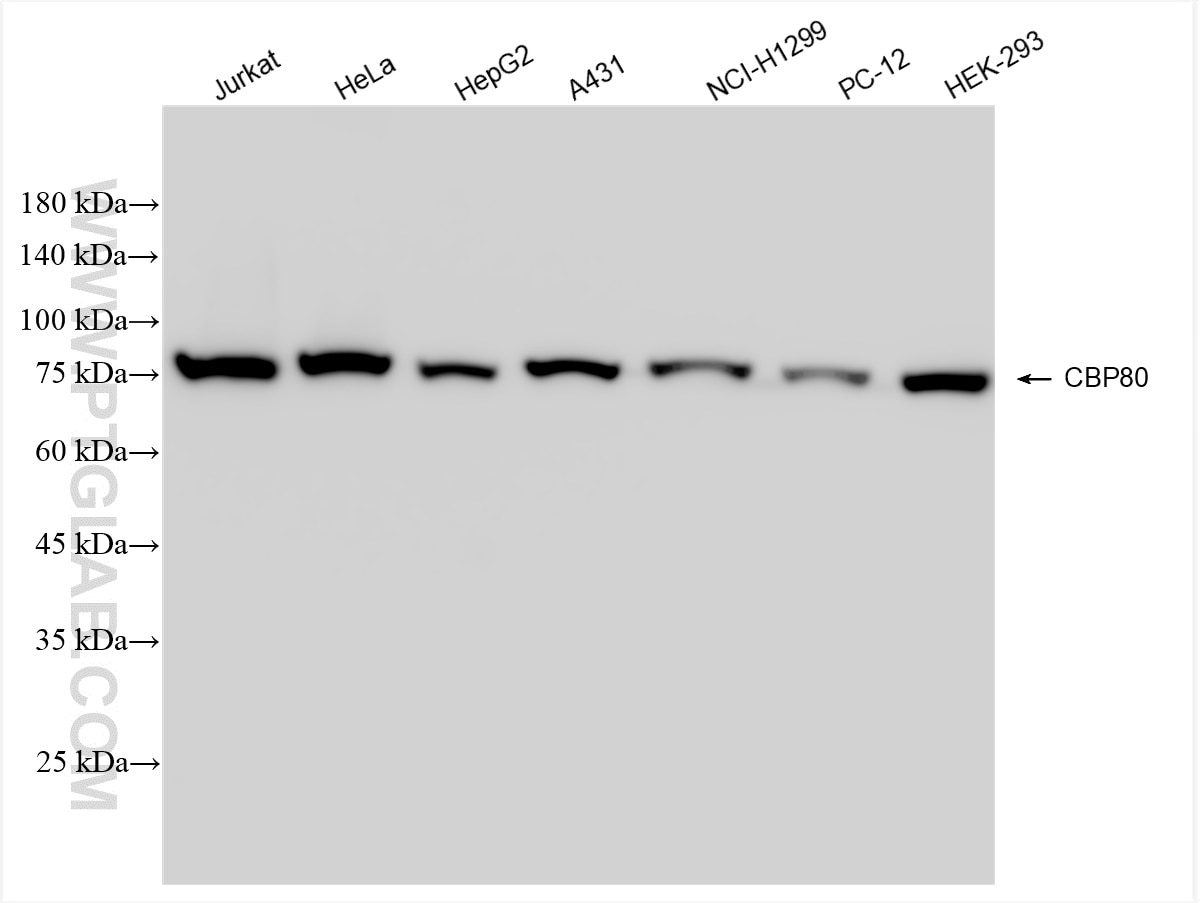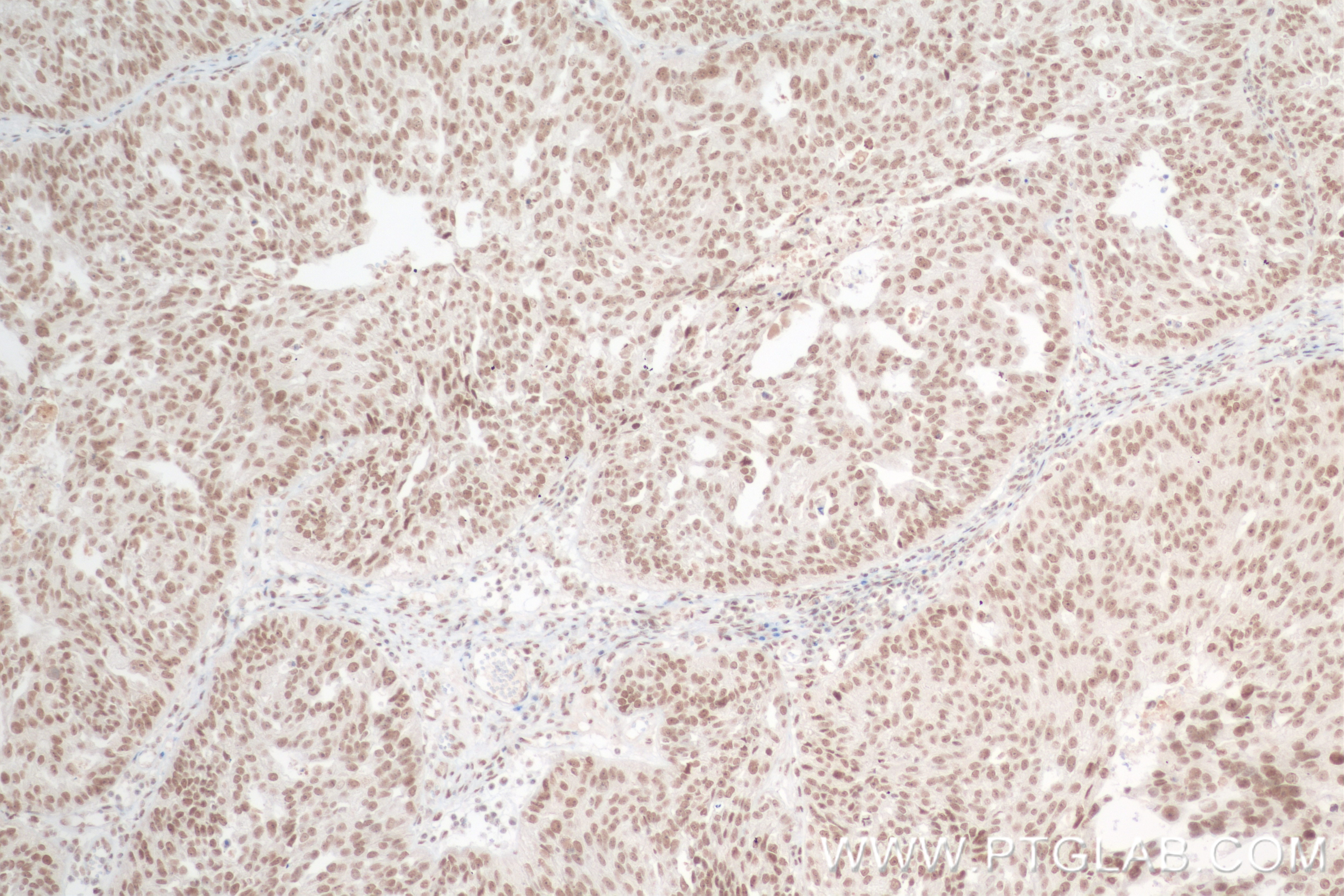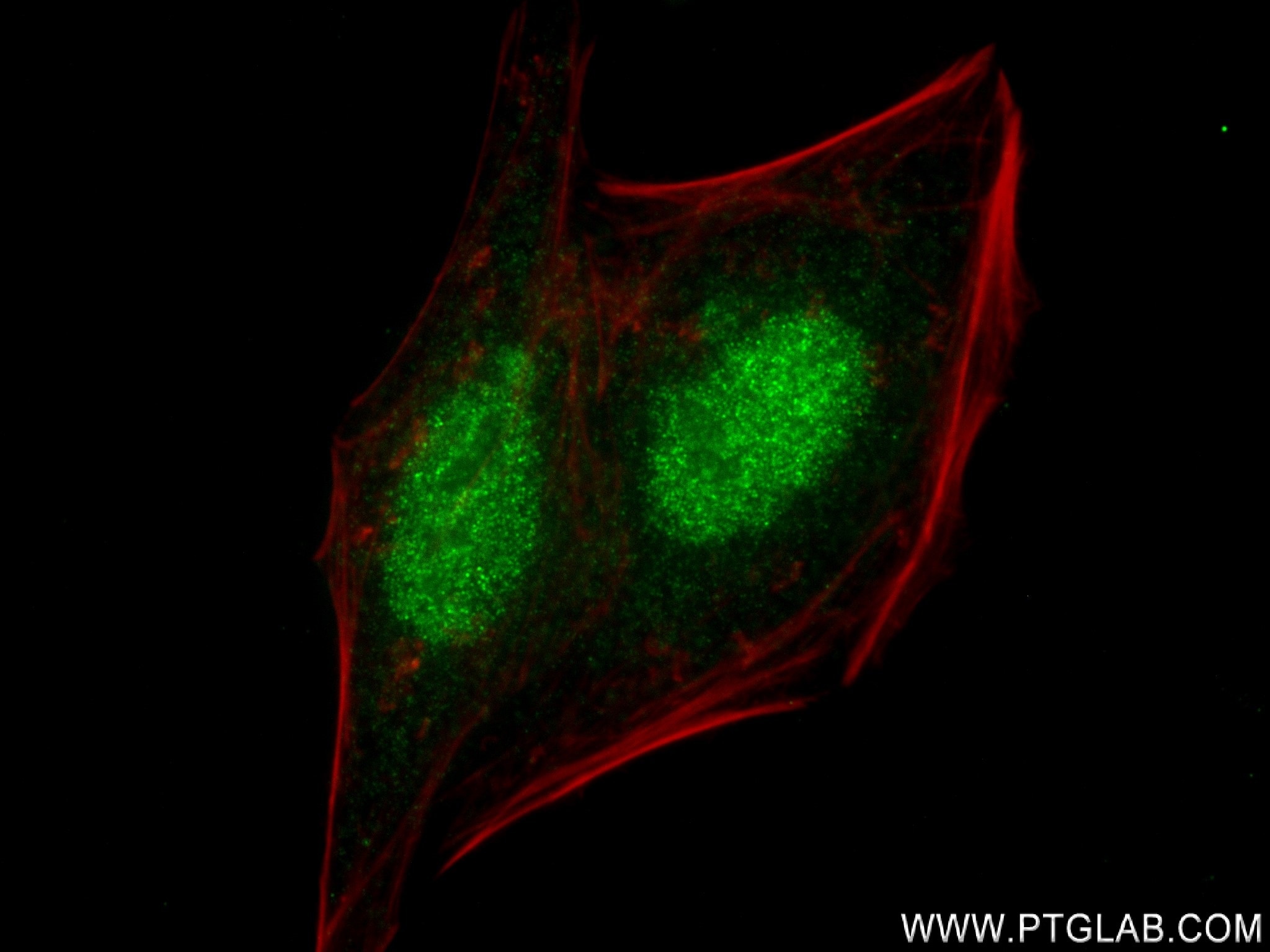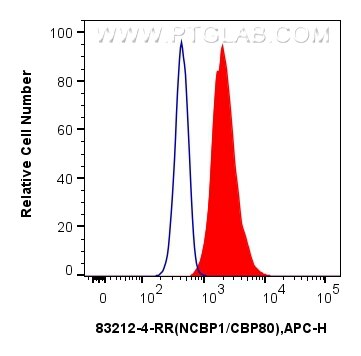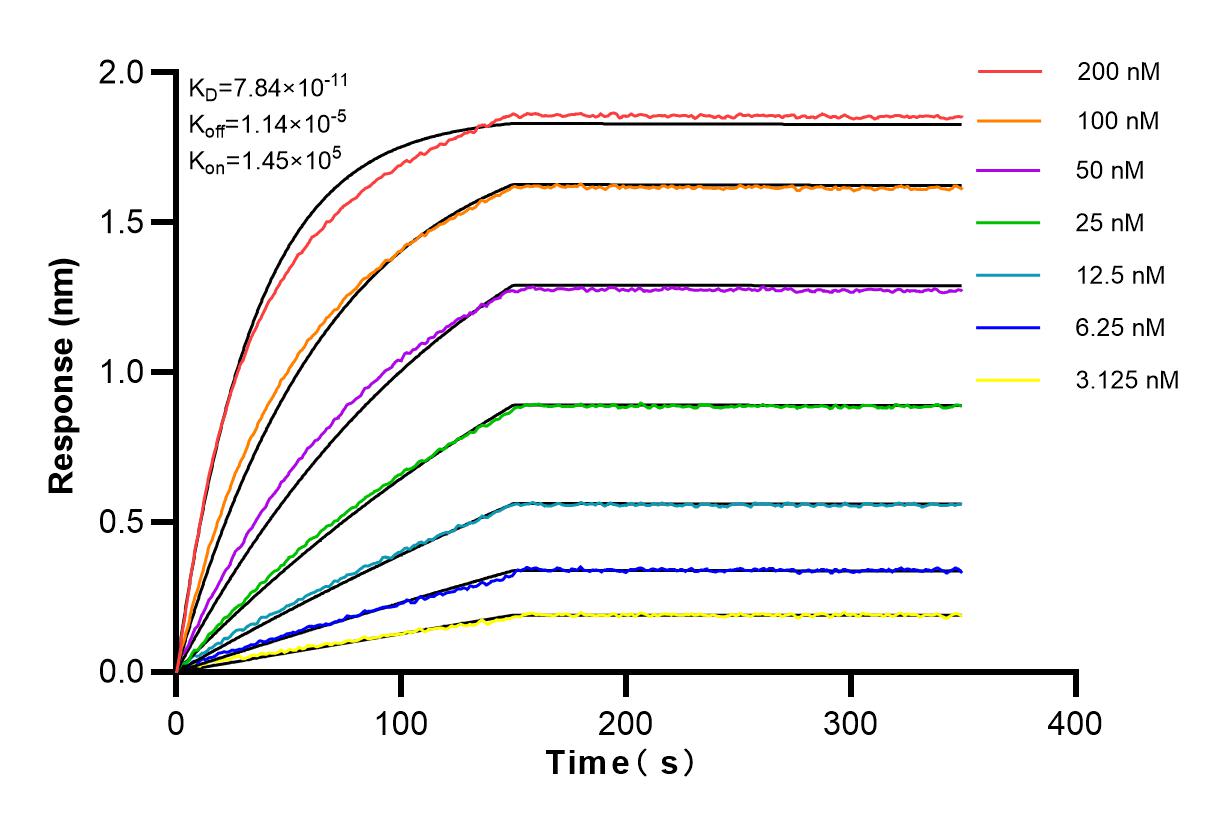Tested Applications
| Positive WB detected in | Jurkat cells, HeLa cells, HepG2 cells, A431 cells, NCI-H1299 cells, PC-12 cells, HEK-293 cells |
| Positive IHC detected in | human ovary cancer tissue Note: suggested antigen retrieval with TE buffer pH 9.0; (*) Alternatively, antigen retrieval may be performed with citrate buffer pH 6.0 |
| Positive IF/ICC detected in | HepG2 cells |
| Positive FC (Intra) detected in | HepG2 cells |
Recommended dilution
| Application | Dilution |
|---|---|
| Western Blot (WB) | WB : 1:5000-1:50000 |
| Immunohistochemistry (IHC) | IHC : 1:200-1:800 |
| Immunofluorescence (IF)/ICC | IF/ICC : 1:200-1:800 |
| Flow Cytometry (FC) (INTRA) | FC (INTRA) : 0.25 ug per 10^6 cells in a 100 µl suspension |
| It is recommended that this reagent should be titrated in each testing system to obtain optimal results. | |
| Sample-dependent, Check data in validation data gallery. | |
Product Information
83212-4-RR targets NCBP1/CBP80 in WB, IHC, IF/ICC, FC (Intra), ELISA applications and shows reactivity with human, rat samples.
| Tested Reactivity | human, rat |
| Host / Isotype | Rabbit / IgG |
| Class | Recombinant |
| Type | Antibody |
| Immunogen | NCBP1/CBP80 fusion protein Ag0496 Predict reactive species |
| Full Name | nuclear cap binding protein subunit 1, 80kDa |
| Calculated Molecular Weight | 92 kDa |
| Observed Molecular Weight | 80 kDa |
| GenBank Accession Number | BC001450 |
| Gene Symbol | NCBP1 |
| Gene ID (NCBI) | 4686 |
| RRID | AB_3670896 |
| Conjugate | Unconjugated |
| Form | Liquid |
| Purification Method | Protein A purification |
| UNIPROT ID | Q09161 |
| Storage Buffer | PBS with 0.02% sodium azide and 50% glycerol, pH 7.3. |
| Storage Conditions | Store at -20°C. Stable for one year after shipment. Aliquoting is unnecessary for -20oC storage. 20ul sizes contain 0.1% BSA. |
Background Information
Nuclear cap binding protein subunit 1, 80kDa (NCBP1, synonyms: NCBP, CBP80) is a subunit of a cap-binding protein complex (CBC) that consists of a CBP20 subunit, which binds the cap, and a NCBP1 subunit, which ensures high-affinity cap binding. The CBC complex may play a role in pre-mRNA recognition and splicing.
Protocols
| Product Specific Protocols | |
|---|---|
| WB protocol for NCBP1/CBP80 antibody 83212-4-RR | Download protocol |
| IHC protocol for NCBP1/CBP80 antibody 83212-4-RR | Download protocol |
| IF protocol for NCBP1/CBP80 antibody 83212-4-RR | Download protocol |
| FC protocol for NCBP1/CBP80 antibody 83212-4-RR | Download protocol |
| Standard Protocols | |
|---|---|
| Click here to view our Standard Protocols |
